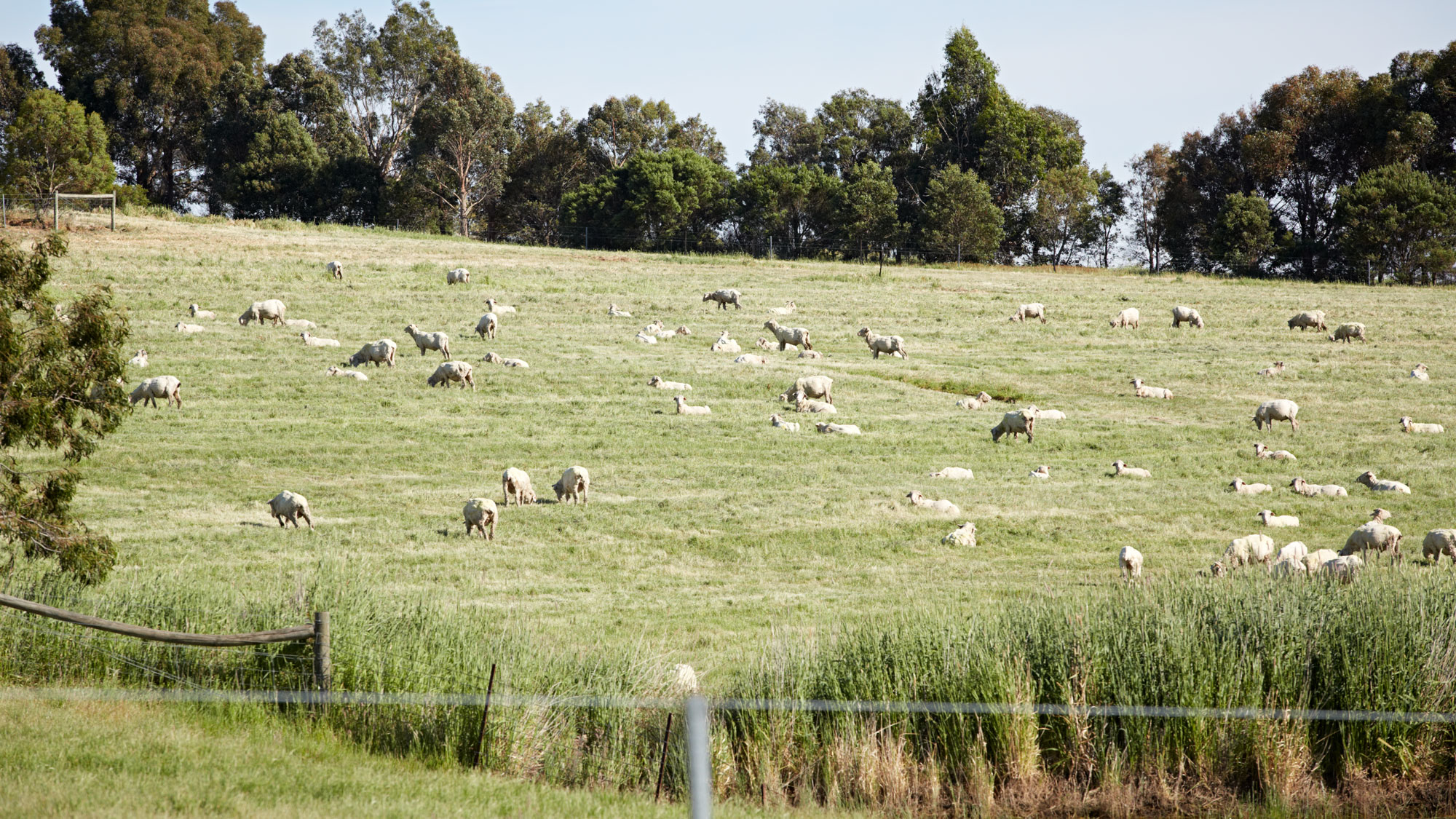Tool 11.15 Quarantine periods for important sheep diseases
Quarantine periods for important sheep diseases
Quarantine may need to be adopted if sheep are agisted or travel along roads where exposure to other sheep is possible. Quarantine if stray sheep are mixed with your own sheep. As a general rule a 21-day quarantine period is recommended.
Drench resistance
Drench resistance is widespread. Always drench introduced sheep with 4 chemically unrelated actives, with one being a novel active, e.g., a macrocyclic lactone (ML), white benzimidazole and clear levamisole drench combination and monepantel or derquantel.
Quarantine all sheep for three days to allow all eggs to pass from the digestive tract then perform another worm egg count (WEC) 14 days post drenching to ensure the drench is effective before releasing the sheep from quarantine.
See the Quarantine drenching section in tool 11.8 for more information.
Liver fluke
Drench all new sheep with an effective flukicide on arrival if they come from a liver fluke area, unless you are certain of fluke status. Triclabendazole is recommended due to efficacy against immature stages, but note that widespread resistance has been detected.
Check fluke egg counts 8 weeks later to ensure the drench is effective as some fluke drench resistance is emerging.
See the Liver fluke section in tool 11.10 for more information.
Footrot
The footrot bacterium Dichelobacter nodosus survives off sheep for up to seven days. Keep newly introduced sheep in quarantine and ensure resident sheep do not walk across the same ground for at least 7 days. Release new sheep from quarantine only after their feet are closely inspected. Seek advice if you have no experience of footrot.
Note that in dry or drought conditions, quarantine should extend until the next lush pasture growth period, as at least three months of lush pasture growth is necessary to allow expression of footrot.
Some evidence indicates that cattle may act as carriers of footrot for short periods in wet conditions. Quarantine new cattle for at least a few weeks if you are not sure of their previous exposure to sheep.
See the Footrot section in tool 11.13 for more information.
Lice
Around 30% of Australian sheep flocks have lice, so the risk of buying lice with sheep of uncertain origin is high. It may take up to 18 months for low levels of lice to become outwardly evident. In some circumstances, lice can survive off sheep for up to 21 days (normally less), so always put new sheep through handling facilities last, including at shearing.
Lice are diagnosed by visual examination. Lice are small orange/brown insects, 1‑2 mm long that live on the surface of the skin, often in small colonies. To inspect sheep, part the fleece in at least 20 places, particularly along the flanks. Target sheep with evidence of rubbing; the more sheep you inspect the more likely it is that you will pick up low-level infections.
See the Lice section in tool 11.13 for more information.
Johne's disease (JD)
Given the very slow nature of JD development, no quarantine will guarantee freedom. Use other strategies, such as buying low-risk or vaccinated sheep.
See the Johne’s disease section in tool 11.13 for more information.






